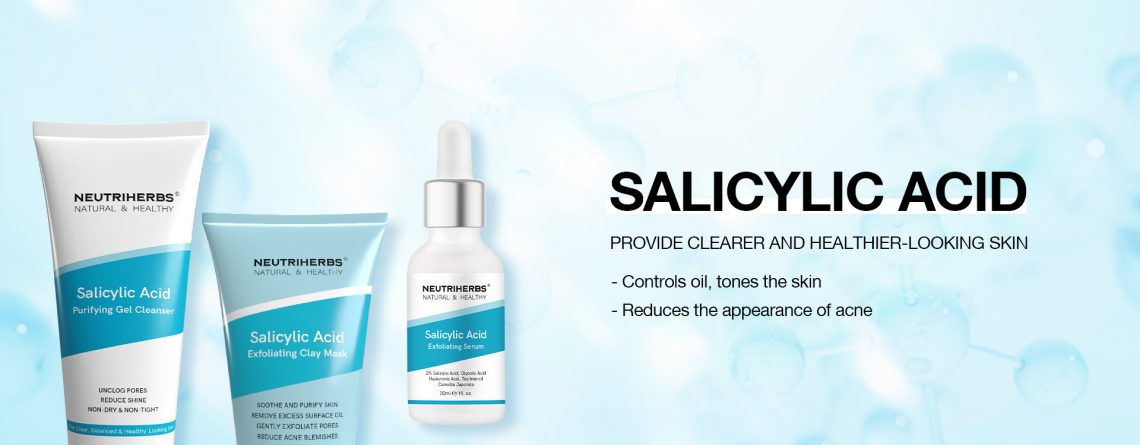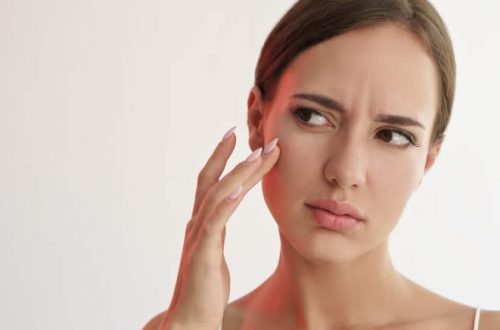
What Are The Differences Between AHA BHA PHA?
Alpha hyaluronic acids are soluble in water and sourced from almonds, sugar cane, grapes, citrus fruits, and milk. Skin imperfections, including rough, uneven skin texture, apparent sun damage, wrinkles, and enlarged pores, may be addressed with these treatments. Due to its short molecular size, glycolic acid is one of the most efficient alpha-hydroxy acids for the skin.
The most glycolic solid acid might also be the most irritating. The delicate skin or fresh chemical peels may cause redness, irritation, or stinging responses. In this case, a milder option containing lactic or mandelic acid may be best for you.
AHAs are potent humectants that help boost the skin’s natural moisturizing properties and indicateaverage to dry, mature, and sun-damaged skin types.
Glycolic acid
This AHA is the most potent and is generated from sugar cane. AHA also fades acne scars, age spots, sun damage, and other hyperpigmentations. Ideal for older, normal, combo, oily skin.
Lactic acid
Milk and sugarcane are derived Withtheir bigger molecular size and focus on the top layer of the skin; lactic acid helps improve the skin’s natural moisturizing properties while also helping to refresh the skin. Lactic acid is suitable for sensitive, dry, and aged skin.
Mandelic acid
In addition to correcting pigmentation, treating inflammatory acne, and avoiding future outbreaks, Mandelic acid is found in bitter almonds. Due to its more giant molecule and slower penetration, Mandelic acid is a milder variant of AHAs and is thus friendlier on the skin. Excellent for acne-prone, sensitive, or dry skin.
Tartaric acid
Tartaric acid is an antioxidant found in many plants and fruits, including wine grapes and tamarinds. This superfood’s keratolytic and astringent qualities help hydrate the skin, enhance texture, and prevent apparent symptoms of aging. Suitable for sensitive, dry, combination, and oily skin types.
Citric acid
Citrus fruits (orange, lemon, grapefruit) and berries contain it. Citric acid balances pH lightens pigmentation, and refines skin texture. Natural astringent and antioxidant citric acid helps excess dry oil and clear pores. However, people with oily skin and clogged pores should avoid using citric acid.
BHAs function on the skin’s surface and deeper layers to dissolve keratin clogs, germs, and dirt to keep pores clean and free of irritants. The BHA exfoliant soothes psoriasis scales and rough, dry, lumpy skin. Beta Hydroxy Acid is excellent for mixed, oily, whiteheads, acne-prone skin, and blackheads.
The active component may be too harsh for dry, eczema-prone, or sensitive skin. It’s important to remember that employing powerful acids requires the gradual introduction of a new element to your skin. Patch tests for fresh chemical peels are critical!
Acne-Prone Skin Types BHA Exfoliators
Aspirin (salicylates) are a family of medications with anti-inflammatory and antibacterial qualities that help relieve pimples and irritated skin while preventing new comedones. Salicylic acid is the most prevalent beta-hydroxy acid.
** If you are allergic to aspirin, stay away from salicylic acid products.
Oily Skin Chemical Exfoliants
In addition to clearing excess oils and reducing sebum levels, salicylic acid is lipophilic, meaning it may break down fatty molecules that help prevent acne.
PHA (Polyhydroxy Acid)
It has a greater molecular size than AHAs; therefore, it slowly penetrates the skin. As a result, it is excellent for all skin types, susceptible skin. Also, polyhydroxy acid is a humectant or a substance that draws water to the skin and an exfoliant.
In addition to removing dead skin cells, they also smooth the skin’s texture. It also promotes cell regeneration and reduces fine lines, wrinkles, pigmentation, and acne scarring.
Lactobionic acid
As an antioxidant, humectant, and anti-aging agent, lactobionic acid (an oxidized form of lactose obtained from milk) is an excellent choice. In addition to lowering the appearance of pigmentation, fine lines, wrinkles, and post-spot markings, polyhydroxybionic acid (bionics) also reduces the appearance of solar spots.
Also known as lactic acid, this non-irritating acid is perfect for sensitive skinexposed to other exfoliants.
Galactose
It is a sugar found in lactose, animal milk, and various dairy products.
Galactose is an antioxidant that protects the skin from pollutants, UV rays, and oxidative stress when consumed or administered topically. Anyone with sensitive skin, rosacea, or eczema may use this mild PHA acid.
Gluconolactone
Gluconolactone is a crystalline powder made from gluconic acid, a chemical found in animals and maize. Also known as a humectant, gluconolactone protects the skin by lowering free radical generation, enhancing moisture, and protecting it from bacteria.
Benefits of AHA BHA, and PHA
*Softens blackheads, making them easier to extract
*Brightens the skin and improves dullness
*Reduces the appearances of fine lines and wrinkles
*Improves the appearance of hyperpigmentation.
*Make the skin look and feel firmer and clearer
*Promote collagen production
*Unclog excess debris and dead skin cells
*Calm and heal active acne and even prevent future breakouts




